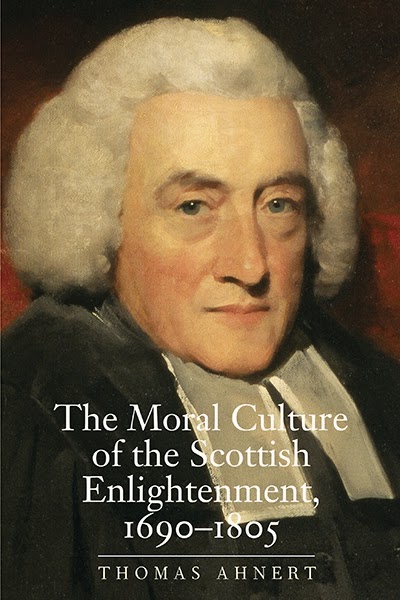
She applied the “Page 99 Test” to her new book, Competing Visions of Empire: Labor, Slavery, and the Origins of the British Atlantic Empire, and reported the following:
From page 99:Learn more about Competing Visions of Empire at the Yale University Press website.According to the king, the Lords of Trade, and the African Company, to criticize the Navigation Acts or the company’s charter was an attack on the royal prerogative that would subvert the ideological framework upon which the entire empire depended. Although English people in the colonies had the right to petition the king, according to the Crown’s imperial ideal, they did not have the right to be critical of laws deemed essential for the functioning of the empire. As the Lords of Trade wrote to [Barbados Governor, Sir Jonathan] Atkins, “we do not so much wonder at these representations from the body of a people, who may by malicious or unadvised suggestions be perswaded into misapprenhensions of their own interest and welfare,” but a colonial governor should know better. Atkins continued to question the authority of the Crown over colonial affairs, however, and even went so far as to claim that the king lacked the power to make appointments to important offices in Barbados. To imperial authorities, this was absurd; the king had the absolute authority to make the appointments he wished anywhere in the realm. [Secretary of State Henry] Coventry warned the governor, “The advice that I should give you is this, if you are at any time aggrieved at any commands of his Majesty’s, seek the remedy by way of address and not by disputing his power especially where the law is on his side.” The position of the king and the Lords of Trade was clear: no colonial assembly or governor had the right to undermine or question the authority of the royal prerogative.In many ways page 99 captures the broader argument of the book. It illustrates the contested nature of the origins of the British empire in the early modern era and the centrality of slavery to these contestations. In the passage, Sir Jonathan Atkins, governor of Barbados from 1674-1680, was in the process of being reprimanded by the administrative body in charge of imperial affairs, the Lords of Trade and Plantations, for his repeated transgressions with imperial authority. Specifically, he was in trouble for allowing planters in the colony to petition the Lords of Trade regarding the Royal African Company, which held a royally-granted monopoly on the slave trade and enjoyed extensive influence over imperial affairs. The petition complained that the Company failed to supply the colony with enough African slaves, kept prices artificially high, and requested that the slave trade should be left free from monopoly control. Imperial authorities considered this request to be deeply offensive and threatening to the king’s prerogative because the Company’s authority over the slave trade emanated from monarchical privilege and represented the Crown’s vision of imperial rule. I argue that this confrontation represented not only competing ideas of how the slave trade should be managed, but also conflicting notions about the nature of the relationship between colony and metropole. While imperial authorities tended to stress the importance of subordination of the colonies to the metropolis, those with colonial interests tended to emphasize a concept of a mutually-dependent integrated empire, in which colonies were understood to be political as well as commercial extensions of England. The book focuses on numerous such moments of conflict and in doing so it argues that by the turn of the eighteenth century, slavery in England’s colonies as well as England’s involvement in the transatlantic slave trade came to be understood by both colonists and metropolitan authorities as crucially important to the empire, the state, and the imperial economy. The overwhelming acceptance of slavery by the English did not emerge solely because of labor needs in the colonies, but was deeply implicated in the imperial, commercial, and military policies emanating from the metropolis.
These disagreements were emblematic of the widespread problems with English colonial governance in the late seventeenth century. Stuart imperial policies, embodied in the African Company’s monopoly, frequently led to significant conflicts between the Lords of Trade and colonial administrators, planters, and merchants. These confrontations forced all sides to refine own concepts of how the empire should function and be governed, and made the business of governing colonies increasingly political and divisive.
--Marshal Zeringue






















